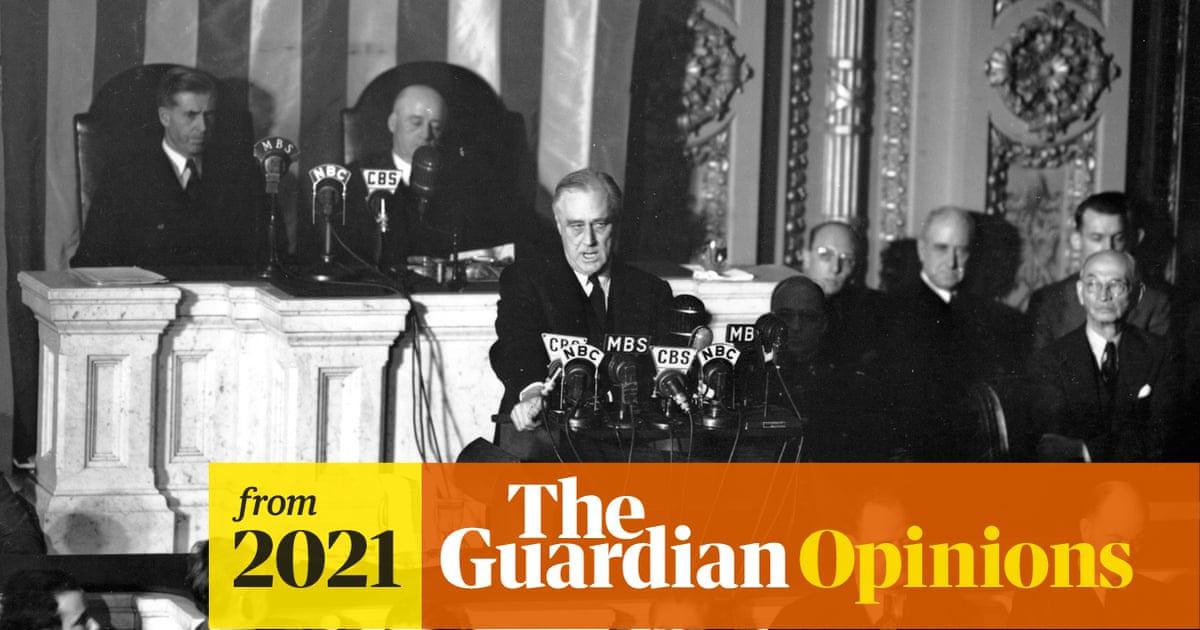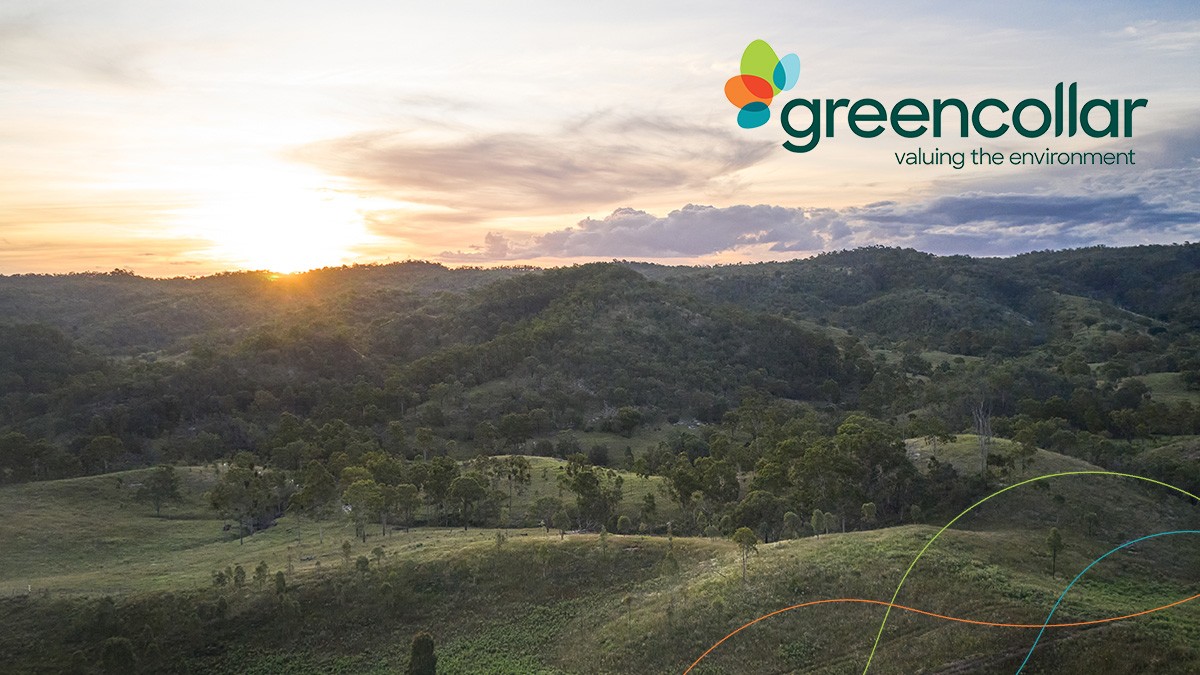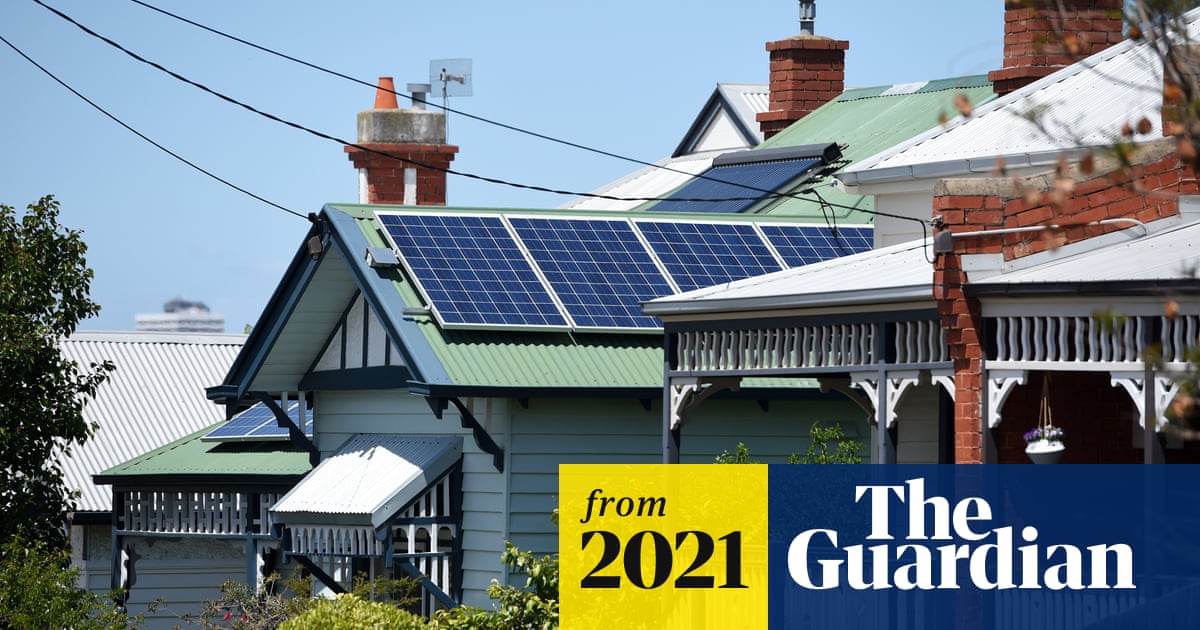- Jul 5, 2012
- 24,745
- 40,163
- AFL Club
- Sydney
- Other Teams
- Kidding, right?

Think big on climate: the transformation of society in months has been done before | George Monbiot
The story of how the US entered the second world war should be on everyone’s minds as Cop26 approaches, says Guardian columnist George Monbiot










